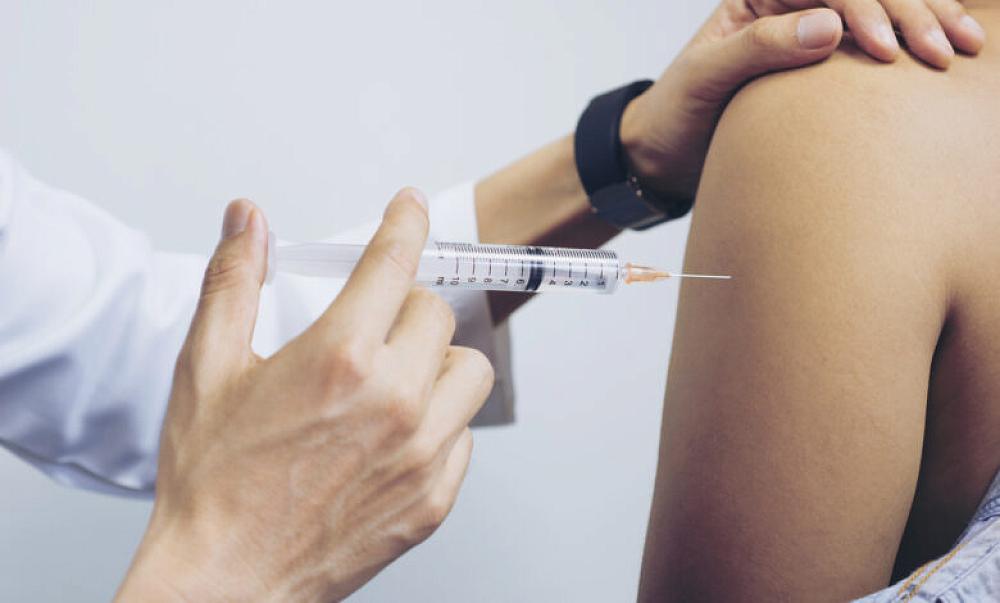
What you need to know about measles
A measles case in Albany is making headlines – here’s what you need to know.
Last week, it was reported that an Albany Senior High student came to school with an active case of measles. Shortly after, a household contact was confirmed as the second case.
The student was on campus in late April while infectious. All household contacts are currently in quarantine, and the school closed for a few days last week while Auckland Regional Public Health handled the case.
Our last outbreak was in 2019 – 2020, primarily affecting the Auckland region. It involved 1604 confirmed cases of measles across New Zealand. During this outbreak, more than 30 percent of those infected were hospitalised.
Caused by a virus, measles is highly infectious and causes cold-like symptoms and fever in those infected. It is an airborne virus; you can also become infected through contact with a surface that holds infected snot and/or saliva. Those with measles may also present with sore, red eyes and a blotchy rash that could last for up to a week. Individuals are infectious four days before and four days after the rash develops.
Those most at risk of complications are unvaccinated children, especially under 5s and immunocompromised people. Unvaccinated pregnant people who become infected with measles have an increased risk of miscarriage and premature labour.
For children with low immunity, measles has a 50% death rate. Complications can include pneumonia, deafness and brain damage.
Speaking to the New Zealand Herald, Dr Owen Sinclair, a Māori paediatrician, said “measles is much more infectious than COVID and much more lethal.
Currently, childhood immunisation rates are low in New Zealand, creating concern about the potential of a measles outbreak. At the end of 2022, 82 percent of New Zealand’s two-year-olds were fully vaccinated. To reach herd immunity for measles, around 95 percent of the population must be vaccinated against the disease.
So, what can educators do to protect their tamariki from the disease? If you’re not sure if you’ve had the MMR vaccine, public health advice is to check with your health professional.
Two doses of the MMR vaccine is the best way to prevent catching measles, and the vaccine is free.
For more information on measles and how to protect yourself and your community, visit the Health Navigator NZ page.
